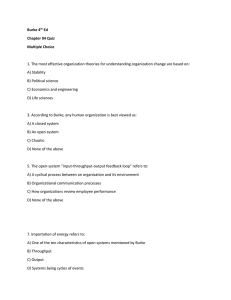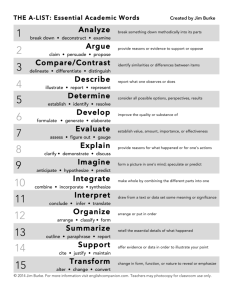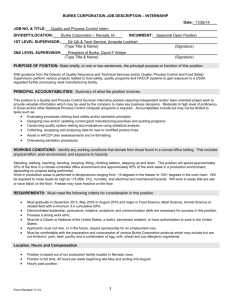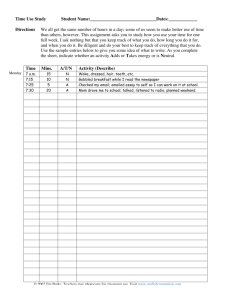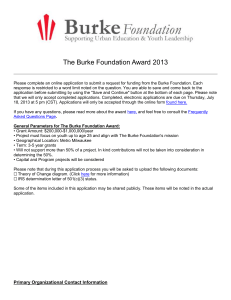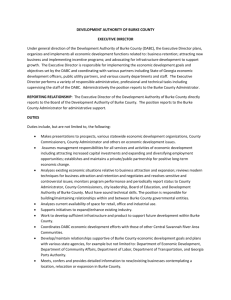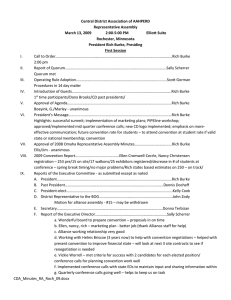Case Analysis #1 - GUILLERMO TREVINO &
advertisement
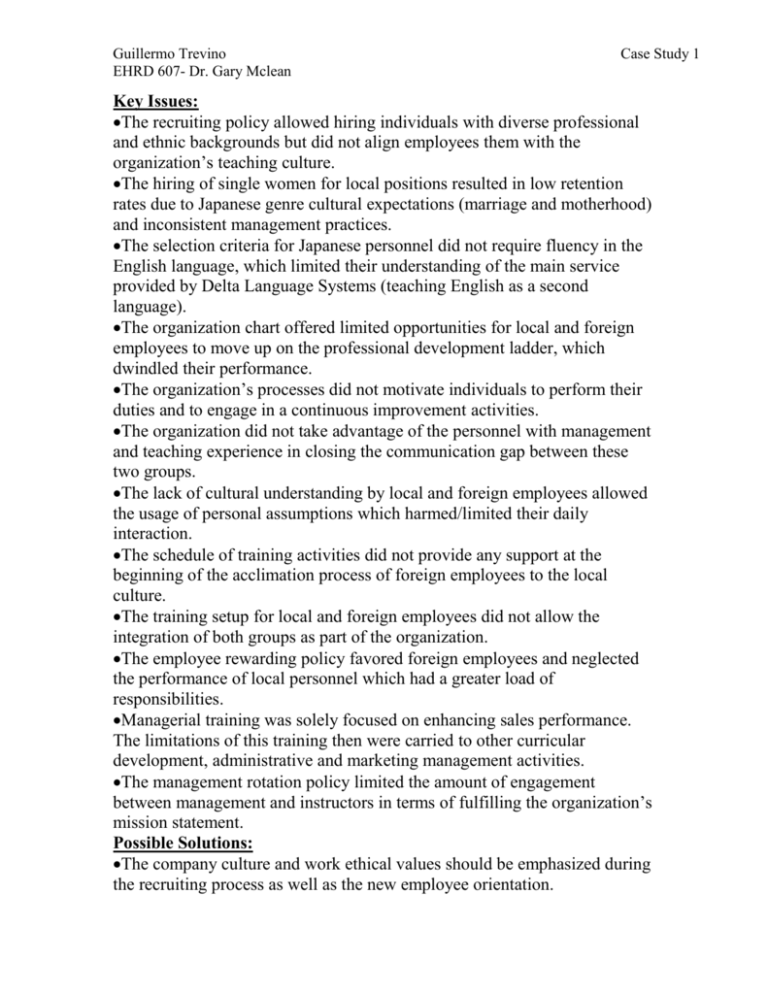
Guillermo Trevino EHRD 607- Dr. Gary Mclean Case Study 1 Key Issues: The recruiting policy allowed hiring individuals with diverse professional and ethnic backgrounds but did not align employees them with the organization’s teaching culture. The hiring of single women for local positions resulted in low retention rates due to Japanese genre cultural expectations (marriage and motherhood) and inconsistent management practices. The selection criteria for Japanese personnel did not require fluency in the English language, which limited their understanding of the main service provided by Delta Language Systems (teaching English as a second language). The organization chart offered limited opportunities for local and foreign employees to move up on the professional development ladder, which dwindled their performance. The organization’s processes did not motivate individuals to perform their duties and to engage in a continuous improvement activities. The organization did not take advantage of the personnel with management and teaching experience in closing the communication gap between these two groups. The lack of cultural understanding by local and foreign employees allowed the usage of personal assumptions which harmed/limited their daily interaction. The schedule of training activities did not provide any support at the beginning of the acclimation process of foreign employees to the local culture. The training setup for local and foreign employees did not allow the integration of both groups as part of the organization. The employee rewarding policy favored foreign employees and neglected the performance of local personnel which had a greater load of responsibilities. Managerial training was solely focused on enhancing sales performance. The limitations of this training then were carried to other curricular development, administrative and marketing management activities. The management rotation policy limited the amount of engagement between management and instructors in terms of fulfilling the organization’s mission statement. Possible Solutions: The company culture and work ethical values should be emphasized during the recruiting process as well as the new employee orientation. Trevino/ Case Study 2 The hiring of males for leading management positions could increase retention rates due to local social norms (men are household providers) and could also enhance the consistency on management practices. The selection criteria for local personnel should include fluency in the English language as well as a clear understanding of the culture in which it operates (English speaker countries). The creation of a personal management plan where employees develop a short-term career path could enhance their contribution to the overall performance of the organization (Bernes & Magnusson, 1999). The performance assessment at the organizational, process, and individual level could help to determine which local systems, human factors, or information negatively affects employees’ performance (Swanson, 1995). The utilization of personnel with experience in different operational areas of the organization in the identification of effective practices, guidelines, and policies could close the communication gap between managers and instructors. The implementation of intercultural training for Japanese and foreign employees could help both groups to improve their interpersonal relations and promote empathy which could translate into more effective work performance (Chien & McLean, 2011). The offering of continuous activities to support the cultural transition for foreign employees could increase their motivation and work performance (Marquardt, Berger, & Loan, 2004). The implementation of team building activities between local and foreign employees could help to set organization priorities, enhance familiarity with roles/responsibilities and with cultural norms as well as to develop interpersonal relationships (Burke, 2011). The establishment of a balance reward system that provides incentives both for local and foreign employees could positively influence the interaction between both groups and their individual efficiency (Burke, 2011). The development of action learning programs that offer employees the possibility to enhance their problem solving skills and improve their overall learning process by analyzing real organizational problems could help with the overall work efficiency (Burke, 2011). The formulation of a clear rotation policy regarding the purpose of the program (e.g. professional development or business strategy) and the eligibility terms could help to have a controlled system that allows the fulfillment of the organization’s mission via consistency in management practices (Fiester, 2008). Trevino/ Case Study 3 References: Bernes, K. B., & Magnusson, K. C. (1999). Career Paths and Organizational Development: Expanding Alliances. Burke, W. W. (2011). Organization change : theory and practice (3rd ed.). Thousand Oaks, Calif.: SAGE Publications. Chien, T.-C., & McLean, G. N. (2011). Intercultural Training for US Business Expatriates in Taiwan. Journal of European Industrial Training, 35(9), 858-873. Fiester, M., Collis, A. & Cossack, N. (2008, August 01). Job rotation, total rewards, measuring value. Retrieved from http://www.shrm.org/Publications/hrmagazine/EditorialContent/Pages /0808hrsolutions.aspx Marquardt, M. J., Berger, N. O., & Loan, P. (2004). HRD in the age of globalization : a practical guide to workplace learning in the third millennium. New York: Basic Books.
